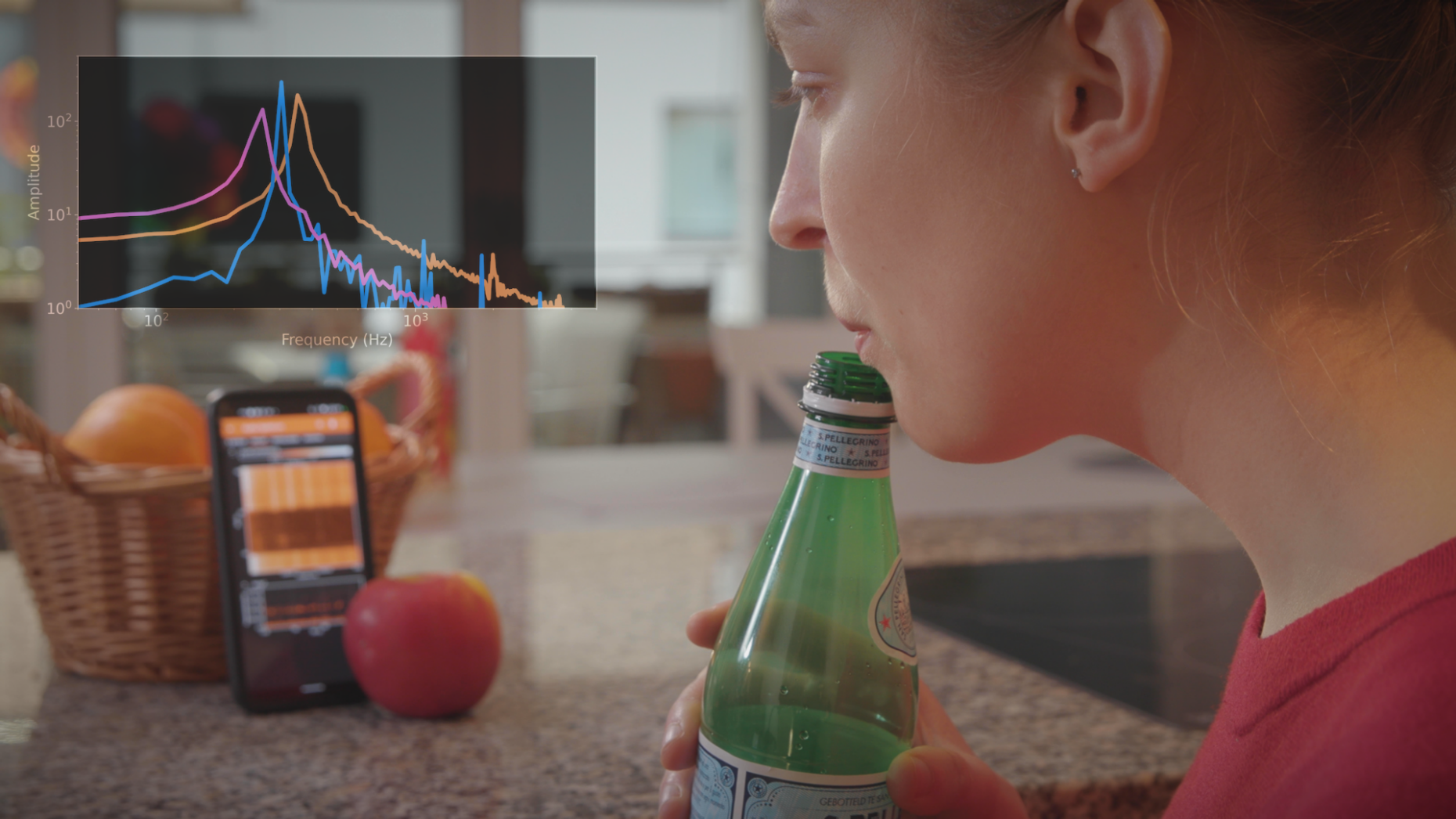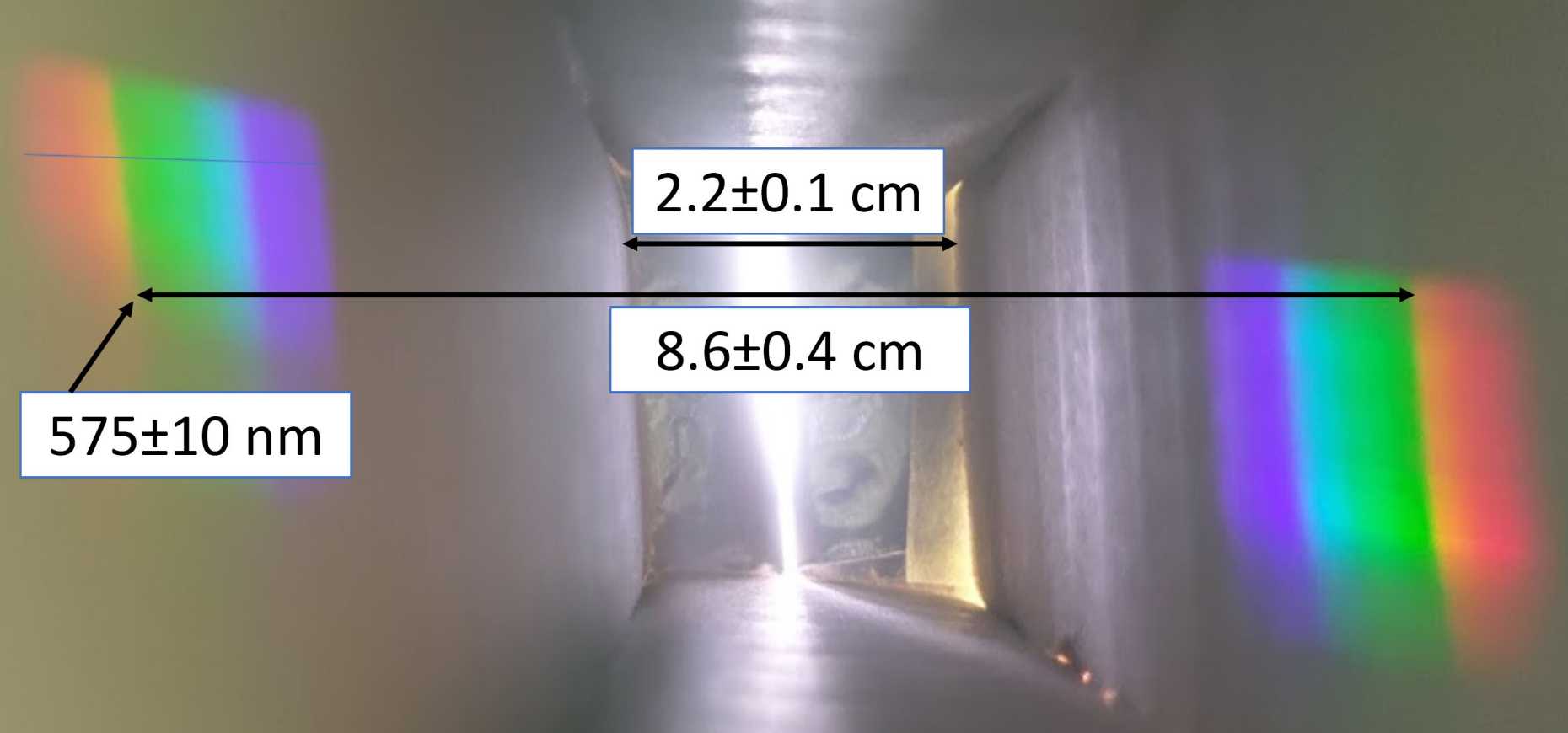Physics Lab Courses in Corona times
We offer beginner lab courses to all physics students and as a service to students from other departments. Our teaching staff consists of 6 main responsible persons (authors of this documentation) together with more than 40 teaching assistants.
In the traditional teaching mode of the physics lab course, students come to the laboratory for several hours per week and perform a selection of experiments using existing setups.

Implementation of the course during the time of distance learning
After all course rooms had been closed on March 16th 2020 due to COVID restrictions, 7 new “@home” experiments were conceived and developed within a short time period of only 2 weeks, and the course was launched again in distance learning mode in the week of March 30th. At a later stage, 8 additional experiments were added and now we can offer a total of 15 online “@home” experiments.
All new experiments had to be based on objects and equipment available to students at home, since it was impossible to buy articles not essential to daily life during the lock-down period. At the same time, we greatly cared to preserve the didactical value, physics content and teaching level of the course. One of the most important ideas in the conception of the project was to replace the measuring devices available at the physics lab by sensors present in every smartphone, complemented by simple household measurement tools. At the same time, we could not rely on the many available smartphone experiments that are supplemented to the apps: these experiments are generally designed for secondary-school students and not challenging enough for our students. We therefore had to design a series of new experiments with a higher level of physical content.
The new experimental tasks we designed included, among others, the determination of the speed of sound by means of a regular drinking bottle, the construction of a visible-light spectrometer made from cardboard and a compact disk, the measurement of the speed of sound and standing wave modes in a cardboard tube, and the verification of Malus’ law with a computer screen and polarized sunglasses. For physics students who are generally more experienced with mathematical models and programming, three computer simulation experiments were additionally generated to illustrate advanced phenomena, such as the role of thermal noise for nanomechanical sensors.
The most crucial issue to be solved was the replacement of the close personal guiding and practical supervision of students during traditional lab courses by remote communication. We developed a protocol that required groups of students (who had signed-up for the same experiment) to join a common online Zoom meeting with one or two teaching assistants. During this first meeting, the assistants verified that students had read and understood the instruction manual, were well prepared and had all necessary material available. Teaching assistants answered questions, gave useful hints and used break-out rooms with certain students when needed. From then on, students were asked to autonomously perform the experiment. Various communication channels were available on demand for students to ask questions or for confirmation of their ideas, whereas assistants monitored the progress and offered help. Towards the end of the experiment, a last video call was held with every student to discuss results, obtain feedback and give final instructions for the written report that the students had to provide to pass the experiment. If serious problems with the report arose, assistants organized additional Zoom meetings with particular students, so that each student was able to fulfill the standard requirements of the course.
The online process more or less mirrors the different stages that we have been applying during non-Covid times. We deliberately refrained from overloading the organizational aspects in order to allow for a future seamless integration of the new online experiments in our in-class portfolio of experiments.
Course description
Overall concept of the course before the pandemic - during - after
Before the pandemic, all experiments were performed on site in the physics labs. Under the supervision of assistants and with detailed instructions, physics experiments were performed, evaluated and recorded in a report. These reports were corrected by assistants and improved by students as necessary.
During the pandemic, the lab facilities were either not available or only available for part of a semester. Under these circumstances, the existing experimental setups could not be used. To overcome this obstacle, we relied on new online experiments generated by us and our assistants, which could be performed by the students at home with easily obtainable materials, with smartphone sensors, and possibly with computer simulations. Contact with the assistant was maintained with Zoom meetings throughout the duration of the experiment. The vast majority of available experiments that can be found online (for instance the PhyPhox-collection) are too simple for our students. The challenge for our team, then, was to define experiments that required students to be creative in their experimental design and precise in their execution, while also vividly conveying at least one important aspect of experimental physics.
For example, physics students were able to generate a standing sound wave and directly detect the local maxima and minima of the wave by moving a smartphone microphone. The written reports and their correction were handled in the same way as before the pandemic, with the exception that the personal contact between students and assistants took place via Zoom. We selected and designed all online experiments in such a way that they fully comply with our learning goals and foster our competence building expectations. To illustrate the success of our effort, D-MAVT – with the largest number of enrolled students – has agreed to make at least one online experiment compulsory for their curriculum.
After the pandemic, we will again offer on-site experiments for the most part, but we will supplement them selectively with the most instructive and popular online experiments. If possible, we plan to work on the development of further online experiments. Our main focus, however, lies in the maintenance and development of our on-site portfolio of experiments.
